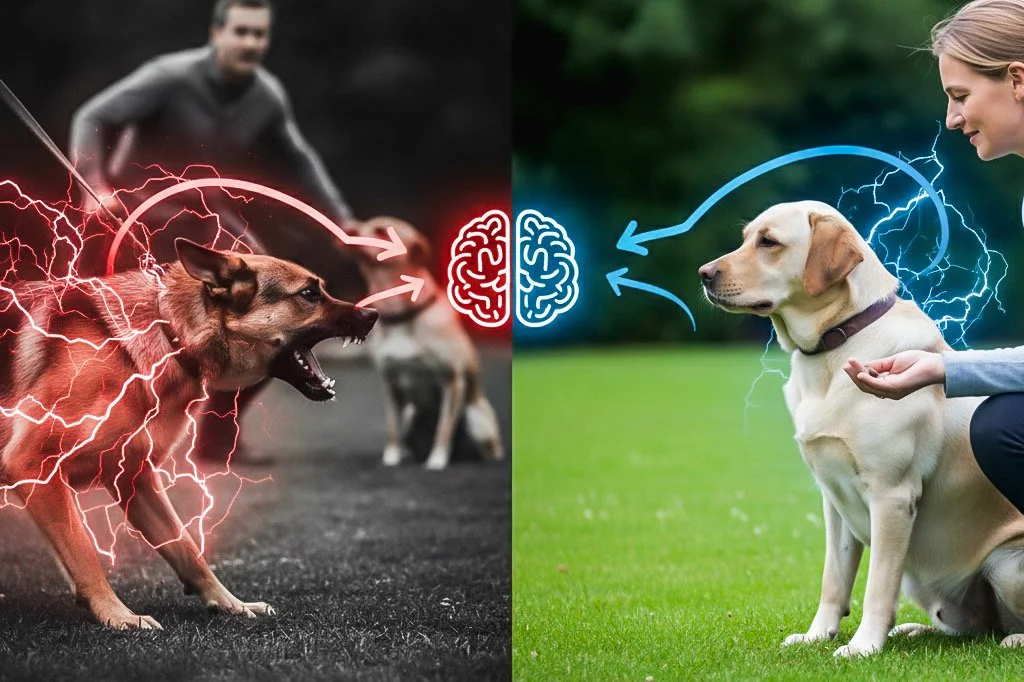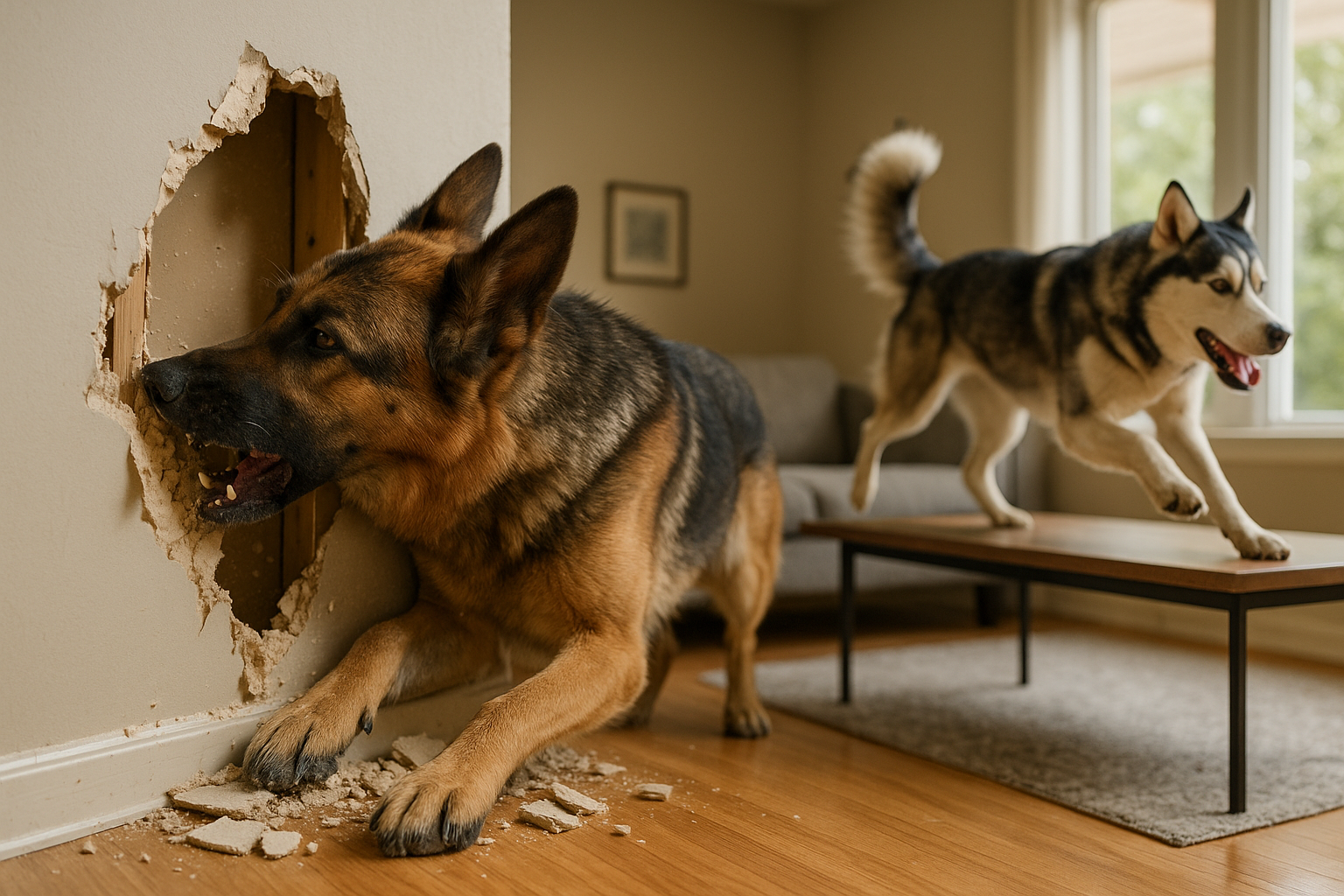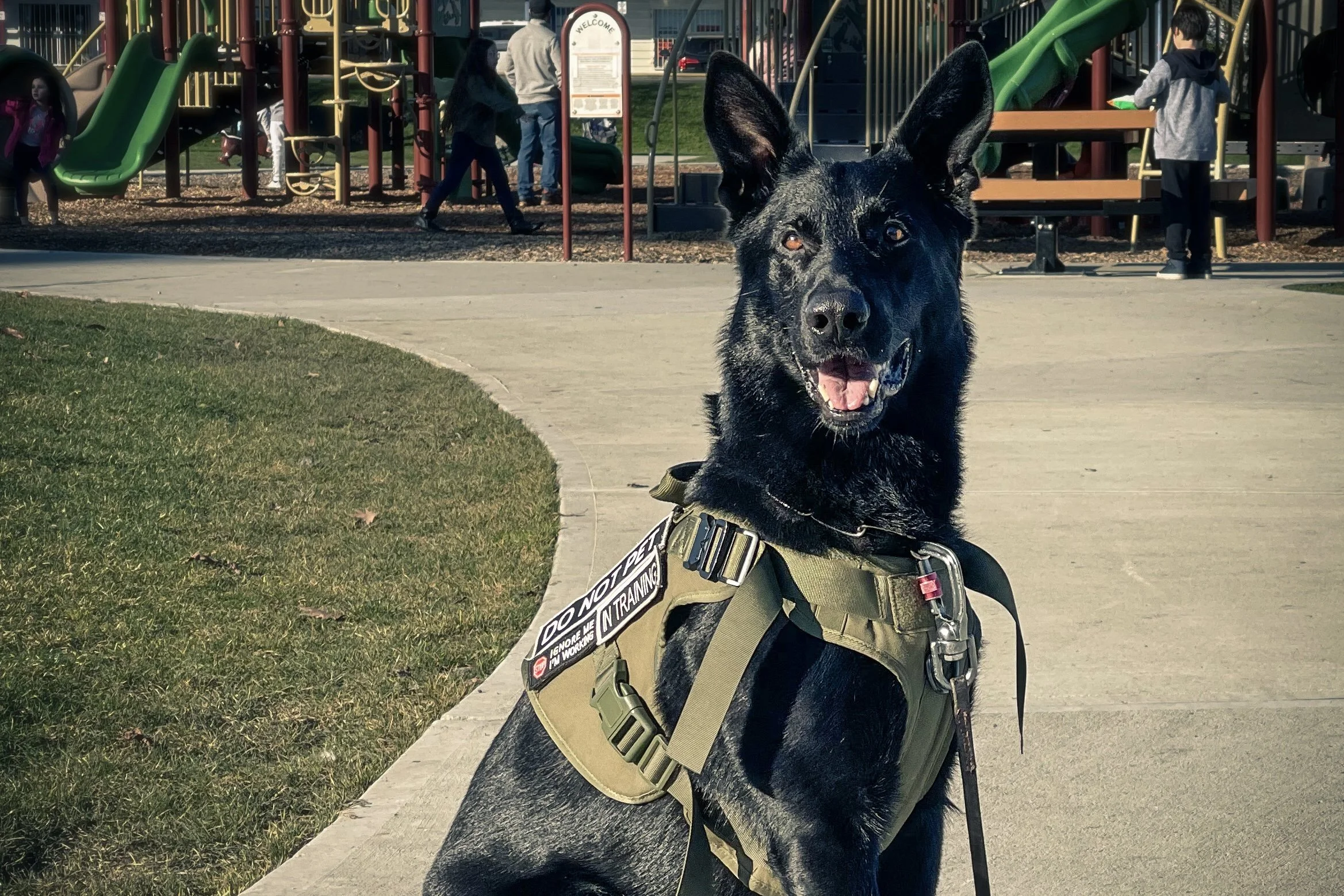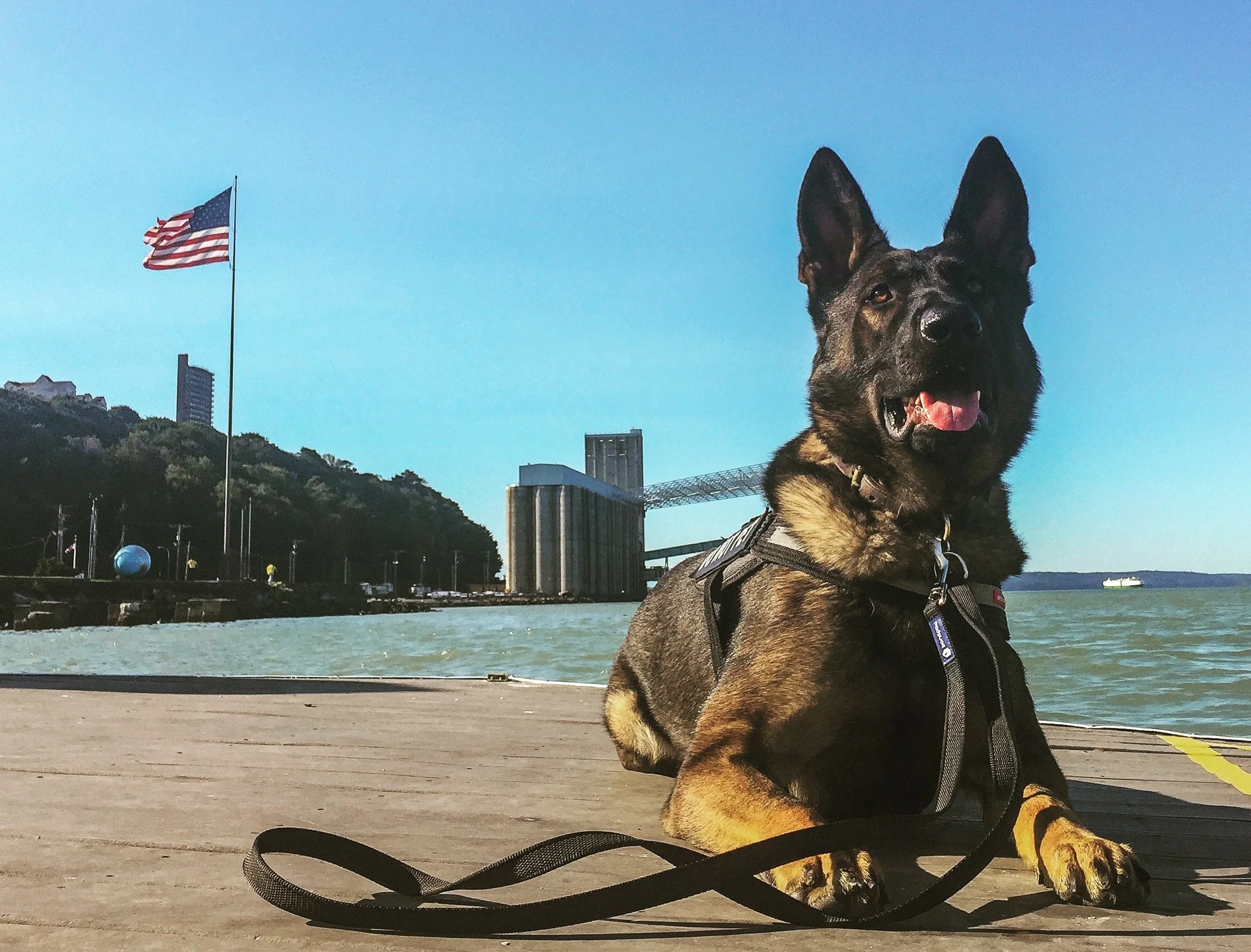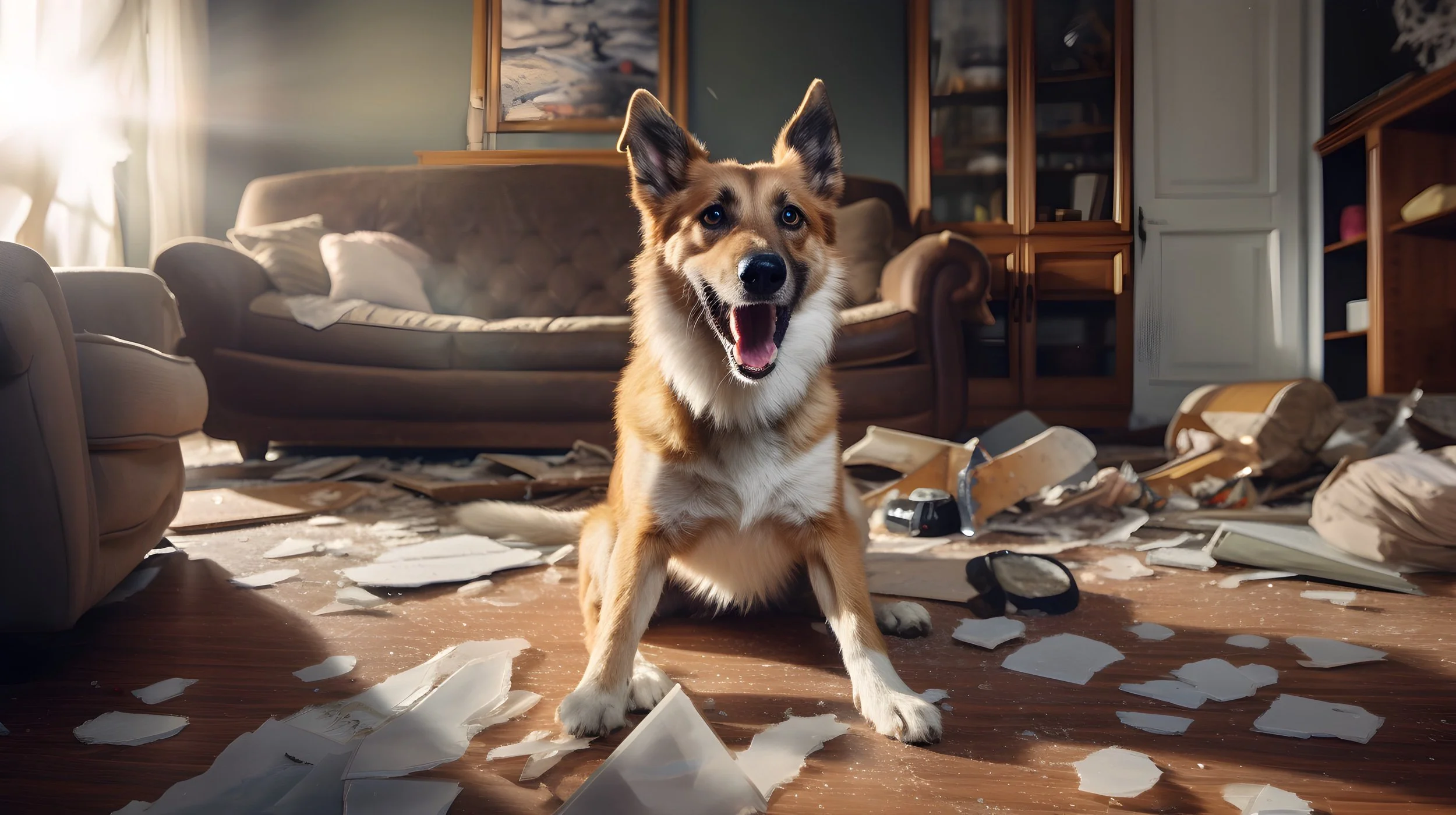The debate over whether crate training is a beneficial practice or a cruel imposition cannot be resolved with a simple, universal answer. The scientific evidence demonstrates that the crate's impact on a dog's welfare is not an inherent quality of the object itself but is determined entirely by the context of its use—a context created and controlled by the human guardian. A dog's actual experience of the crate is a tangible neurophysiological event, governed by a constant balance between the sympathetic nervous system's threat response and the parasympathetic nervous system's state of safety and calm. The tipping of this balance is dictated by the principles of learning theory. Through careful, positive classical conditioning, the crate can become a conditioned stimulus for relaxation. Through misuse, punishment, or force, it becomes a potent trigger for fear, anxiety, and potentially, the pathological state of learned helplessness.
In this article I will try to explain how these opposing outcomes are not a matter of chance, but are the predictable results of specific, measurable factors. By deconstructing the popular but flawed "den animal" analogy through the lens of wild canid ethology, examining the brain's threat-detection and safety circuits, and applying the fundamental laws of associative learning, I will build a clear, evidence-based framework. This framework will empower guardians to move beyond the simplistic "good versus cruel" debate and instead focus on what truly matters: creating a context of profound safety for their canine companions.
Ultimately, the crate serves as an amplifier, magnifying the qualities of the dog's broader environment. In a life characterized by predictability, enrichment, and security, a crate can become a congruent extension of that safety—a personal sanctuary. 🧘 In a life of chaos, unpredictability, and unmet needs, it becomes a cage that confines the dog with its ambient stress. Therefore, the ethical and practical utility of a dog crate is entirely dependent on the knowledge, skill, and empathy of the individual who wields it. The responsibility for the outcome—a calm, confident dog that views its crate as a safe haven, or a fearful, anxious animal trapped in a state of distress—lies not with the tool, but exclusively with the user.
Bart De Gols
